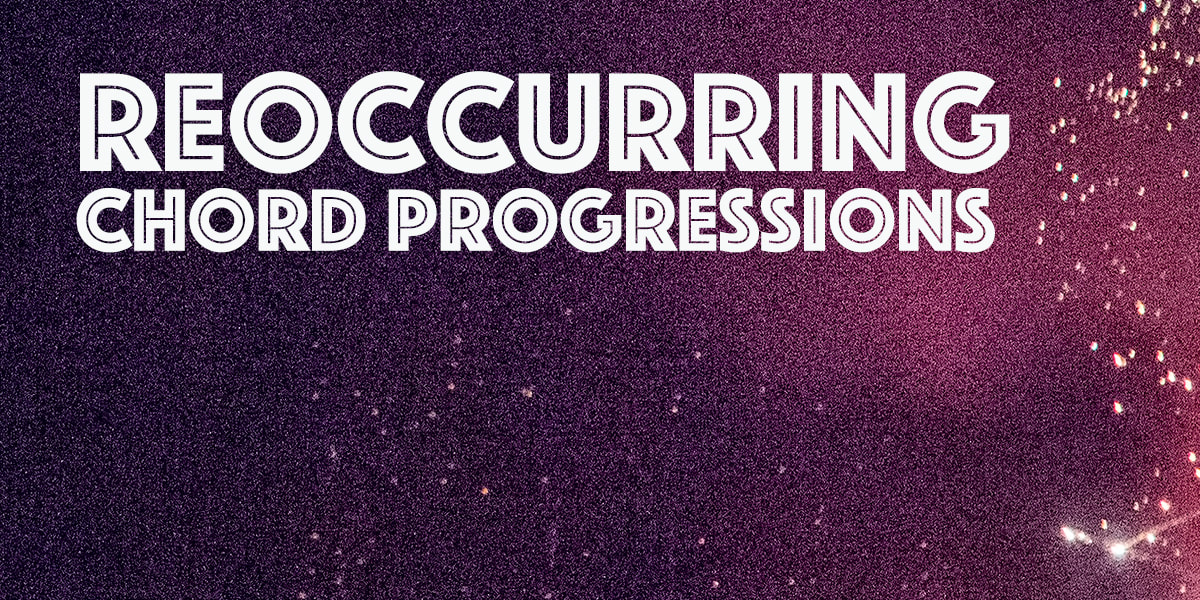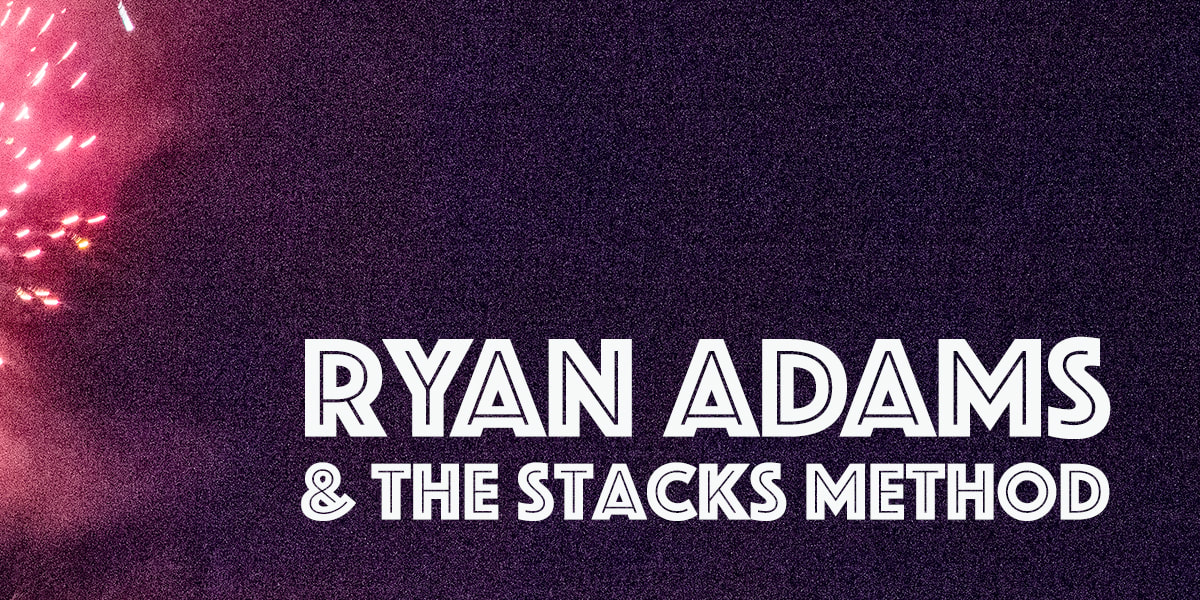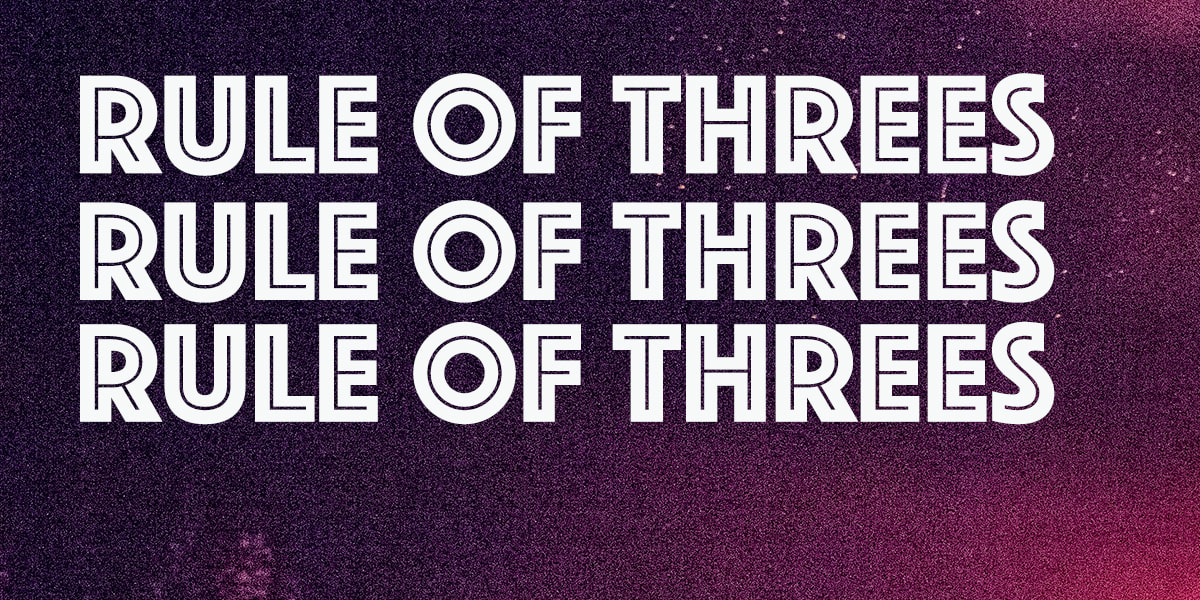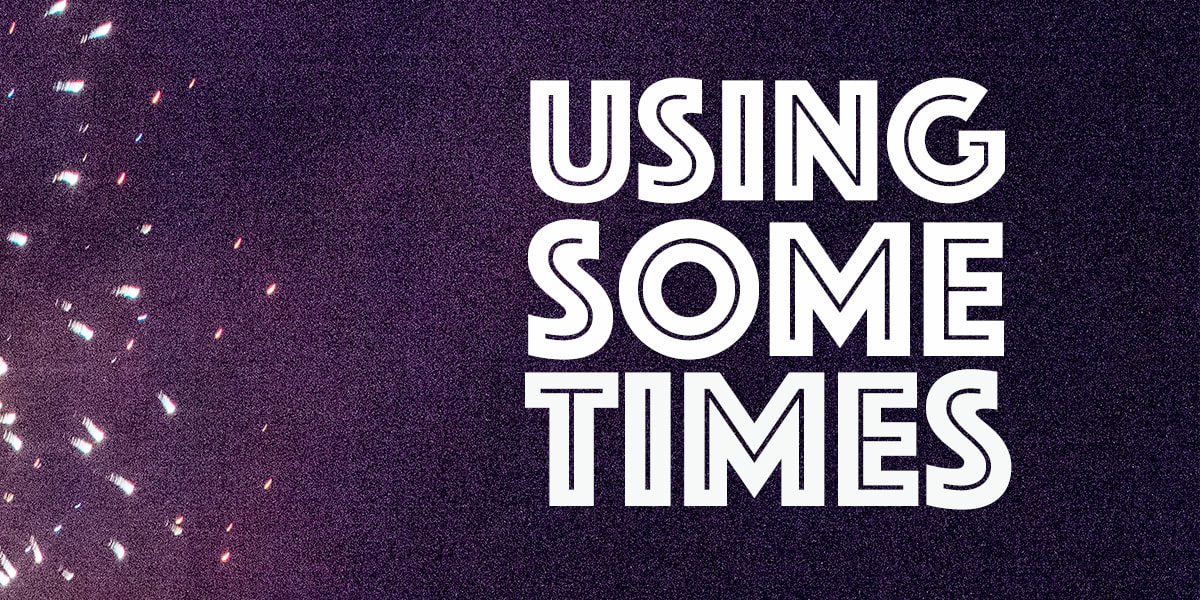|
The High Divers are an Americana group with a surfy edge. Their eclectic debut, Riverlust, is a smart record that shows off a group that is as catchy as they are ambitious. “Tall Promises” is a duet showcasing the smooth contralto of Mary Alice Connor alongside Luke Mitchell’s powerful tenor that sounds like a contemporary reworking of Nancy Sinatra & Lee Hazlewood. It’s a sun-swollen affair sweetened with a plucked marimba about a troubled relationship. Luke joined us for a brief chat about open tunings, mumble tracks, and writing on the road. The High Divers recently were in an intense car crash while on tour. Donate some money to their Venmo [The High Divers CHS] and pick up a copy of Riverlust. SC: I love how the structure of the verses in this song with each verse couplet separated by a melodic interlude. Can you tell me a little bit about how you came up with the structure? LM: I had been experimenting with a lot of open tunings when I was 17 or 18 and that melody stayed in my head even after all those years. The repetition of that phrase makes it seem more like a mantra, and something to look forward to throughout the song. SC: This song is an interesting duet in how the female and male vocals trade the verse/chorus. Can you tell me about why you made that choice? LM: Mostly we made that choice because of Mary Alice and I's different vocal ranges. My voice seems to have a little more grit in that range, and it caused the chorus to pop more, so we went with it.
track home with him and wrote most of the lyrics off of my mumble track. He also added some really beautiful things here and there, including some really cool guitar parts throughout the song.
SC: Tell me about your normal writing process. Do you keep a songwriting schedule? Or do you wait for inspiration? LM: I used to be better about writing all the time, but being on the road constantly has really cut into any normal schedule I used to stick to. I have to be alone normally to be able to get any real work done. I usually bring in a pretty fully formed song and we just try different versions and arrangements. Mary Alice has a similar process of writing, and will share her ideas with me usually before we try it with the band. SC: How does your songwriter community influence your work? LM: It's always really inspiring to hear other people's songs, and even more fun to see them out there playing them for a bunch of people. In Charleston, we're surrounded by some really talented songwriters. When the Scene SC sampler came out, I listened to She Returns From War and Jenna Desmond and Corey Campbell’s songs over and over again. It makes me so happy to not only listen to great music, but great music made by people you love. It's a really unique feeling.
0 Comments
Radiohead’s iconic song “Creep” repeats the same chord pattern (G Bmaj Cmaj Cmin) throughout the whole song. Yet the song doesn’t sound boring. How exactly did they make the song that exciting without from its progression?
First off let’s look at the verses: they have longest lines. Structurally this means more information and notes can fit in each line. However it also means there’s less room in each breath for pauses or held notes at the end of each verse. G “When you were here before Bmaj couldn’t look you in the eyes Cmaj your just like an angel Cmin your skin makes me cry” Then in the chorus Thom shortens the line lengths. This gives him the opportunity him to hold out some of the lines. However it also lessons the information that can be delivered. Here it’s the emphasis on “I’m a creep” that is essential to the song. G “I’m a creep (notice the vocal space) Bmaj I’m a weirdo [hold note] Cmaj what the hell am I doing here? Cmin I don’t belong here.” (notice the space) And finally: during the bridge the lines are very short. However, this allows Thom Yorke showoff his range and let his vocals ring. G “She’s running out again Bmaj Cmaj she’s running out Cmin she runs, runs, runs” (high note into the guitar solo section) Even though the chord sequence is static, the way the song is dressed causes each section to be easily identifiable. So the range and metrical lines define each section of the song he utilizes. The verse has the lowest range, the chorus is his middle range, and the bridge pushes his iconic falsetto. Today write a song that uses the same chords throughout. Play around with your range and your line length to create easily identifiable sections. Look for ways you can use your knowledge and songwriting to create meaningful compositions. Good luck! It’s an understatement to call Ryan Adams a prolific songwriter. With over 15 albums of material, in addition to serving as a producer and founder his record label Pax-Am, it’s hard to imagine how he keeps the songwriting fresh. Luckily in a recent interview Ryan Adams shared one of his tricks—he called it “Stacks”—that he uses to jumpstart his inspiration.
1) Place one book on the left and the other book on the right of your preferred writing area (pad of paper, screen, typewriter). 2) Without looking, flip to a random page in the reference book. You can either write down the line verbatim or play with it until it makes sense 3) Repeat step 2 with the fiction book. 4) write a unique line relating to your lines from steps 2 and 3 4) Alternate between steps 2, 3, 4 5) Once you have your lyrics written out, pick up a musical instrument and turn your words into a song. One common worry is that this work isn’t really written by you because of how this is all by chance it is. Ryan Adams explains The reason that “Stacks” works, I believe, if you can teach yourself to write this way—is like Mad Libs—the ego will always come out to play if you can get the id to tell it to. [. . .] it will force me to fill in the blanks. Meaning that even though these might not seem about you, your brain wants to put you at the center of its experiences. Even though his song starts out as nonsense he concedes “[this song] instantly reminds me of somebody I know”. “Stacks” is a great way to start a song and test the limits of your imagination. Good luck! Hank Williams III is eponymous with the honky-tonk shuffle of “Whiskey, Weed, & Women”. It’s heralded as one of Hank’s cornerstone songs. Part of this reason this song is strong is because these are telling images. They open up the song to the listener's imagination. And they allow Hank Williams III to expand his narrative. “Whiskey, Weed, & Women / had the upper hand”. This presents the opportunity to expand the song and discuss why exactly the narrator feels this way.
And it’s a surprisingly efficient way to drive a story. Susto’s song “Cigarettes, Whiskey, and Wine” uses the chorus to expand on the narrative where the speaker is searching “for their baby”. It helps the song get to the point and provides additional characterization. No wonder artists like Bob Dylan (“Lily, Rosemary, and The Jack of Hearts”,) mewithoutYou (“The Fox, The Crow, and The Cookie”,) and Brandy Clark’s “Drinkin’, Smokin’, Cheatin,” all rely on this repetition. Write a song that uses a list of three concrete images as its title. Make sure that your concrete images relate to your song. Here’s an example: It’s wood, steel, and strings and the song you’ve brought to sing. But the crowd can’t hear the mix isn’t clear It’s all wood, and steel, and strings Good luck! Prince’s song “Sometimes it Snows in April” is a poignant piano ballad about the loss of a friend. The song hinges on the use of “sometimes” in the chorus:
Sometimes it snows in April Sometimes I feel so bad, so bad Sometimes I wish life was never ending And all good things, they say, never last And love, it isn't love until it's past The use of sometimes deepens the resonance of the song. Prince’s speaker isn’t “always wishing life was never ending”, which would make his character harder to relate to— what kind of person is always wishing to die? Instead the “sometimes” humanizes the speaker—they are easier to relate to. After all, who hasn’t felt that way some days? Likewise to how it sometimes snows in April, the speaker sometimes feels so bad. There is depth and nuance that comes up from the song. It’s the difference between someone who is always drunk, and someone who sometimes is drunk. Think of the things you sometimes do. Do you sometimes get a cup of coffee? Do you sometimes talk to strangers? Do you sometimes have trouble getting to sleep? How can you use “sometimes” create meaningful characters in your songs? Good luck! |
The Sound Connector is an online magazine for songwriters. We feature songwriting challenges, monthly interviews, and the opportunity to discover new songwriters. We are interested in all things related to the craft of songwriting. Do you want to be featured on The Sound Connector? Send us your songs!
Categories |





 RSS Feed
RSS Feed